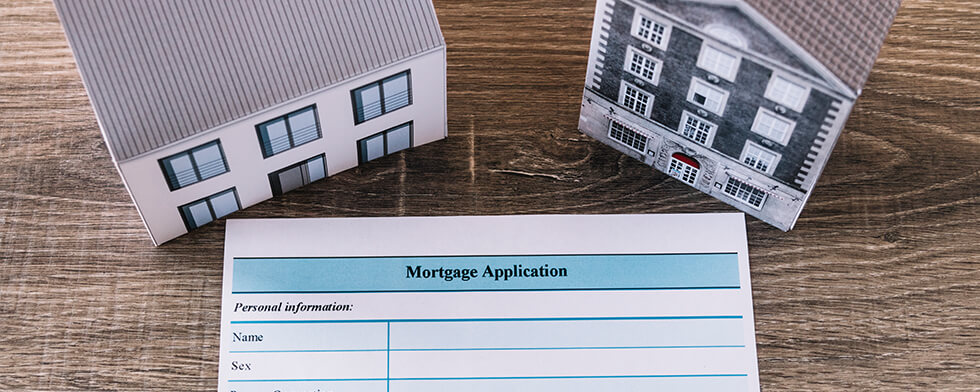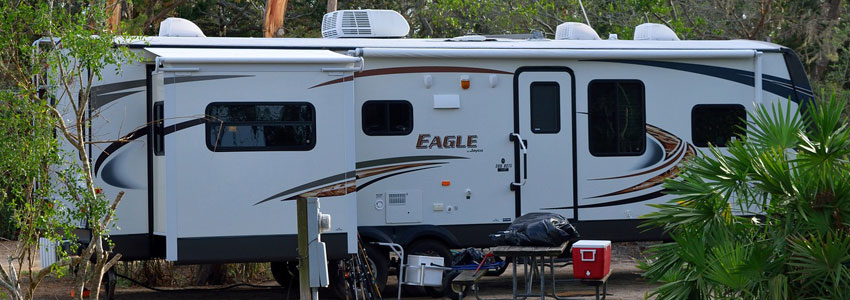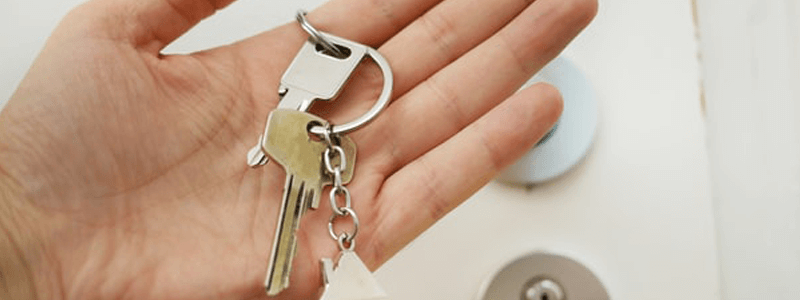Whether you’re looking to buy your first house or to move up the property ladder, it is helpful to know the types of properties that lenders are more reluctant to lend for. Some properties are seen as being a bit riskier than others due to a range of reasons such as location, security issues, the requirement for repairs and the type of deal needed to enter into an agreement to buy. Mortgage lenders have to weigh up all these issues, together with your ability to make repayments, before offering a mortgage. You can read more detail in our guide to non-standard construction mortgages.
Here are some of the property types that lenders will be more cautious about when considering lending to you.
Listed buildings
These properties come with strict guidelines about what you can and can’t do to them in order to preserve them. Lenders are therefore wary to lend because they are concerned about the resale of the property. Many high street lenders will not lend for the purchase of a listing building but there are private lenders who will with a reduced loan to value (LTV). Grade 2 listed buildings can be much more straightforward.
Thatched properties
Thatched houses are usually much more costly to maintain and repair and also have a higher than usual risk of fire, making mainstream lenders generally more cautious when considering lending. Still very possible though!
Conversion properties
In recent years, it has become very popular to buy a property and convert it into your dream hoe but they are not always easy to get a mortgage on. When there is a lot of work involved, it is likely that you will be paying for your mortgage whilst having to live elsewhere while the work is carried out. Lenders will consider this a risk as you will be under more financial pressure and there is also risk associated with an unoccupied property. Specialist development mortgages can be obtained if needs be.
Property near water
If you are buying a property located near a river then consider that your insurance bill will be higher to cover flood risk. For properties near the sea, lenders may be concerned about coastal erosion.
New build properties
New build houses aren’t considered risky, however, lenders often value them lower than the developer and the price you buy the property at which can result in a larger deposit being required. It is worth negotiating with the developer to help compensate for this.
Properties on brownfield sites
These are former industrial sites. Lenders will want to see proof that the area has been decontaminated. As long as this is the case, then it should be straightforward to get a mortgage.
Properties with short leaseholds
Flats are often sold on a leasehold basis which means you only own it for a certain amount of time. Lenders prefer leases to be over 80 years. If the leasehold is less than this then you should discuss with the seller to see if they will extend it before you commit to buying the property.
Properties of unusual construction
Properties that aren’t made out of bricks and mortar are seen as riskier to lenders due to potential issues relating to health and safety. These properties could be made from wattle, concrete or timber frames.
In conclusion, most of these property types can be a great choice of property but it is worth knowing how lenders perceive them and how it will affect your mortgage offer. Do plenty of research and weigh up your options and priorities. Discuss your property type preferences with a mortgage expert early on in your house hunting journey so that you don’t waste time looking at properties that are not a viable option for lending reasons.
Don’t forget to run a free online mortgage comparison and talk with our expert team if you need any help at all.




